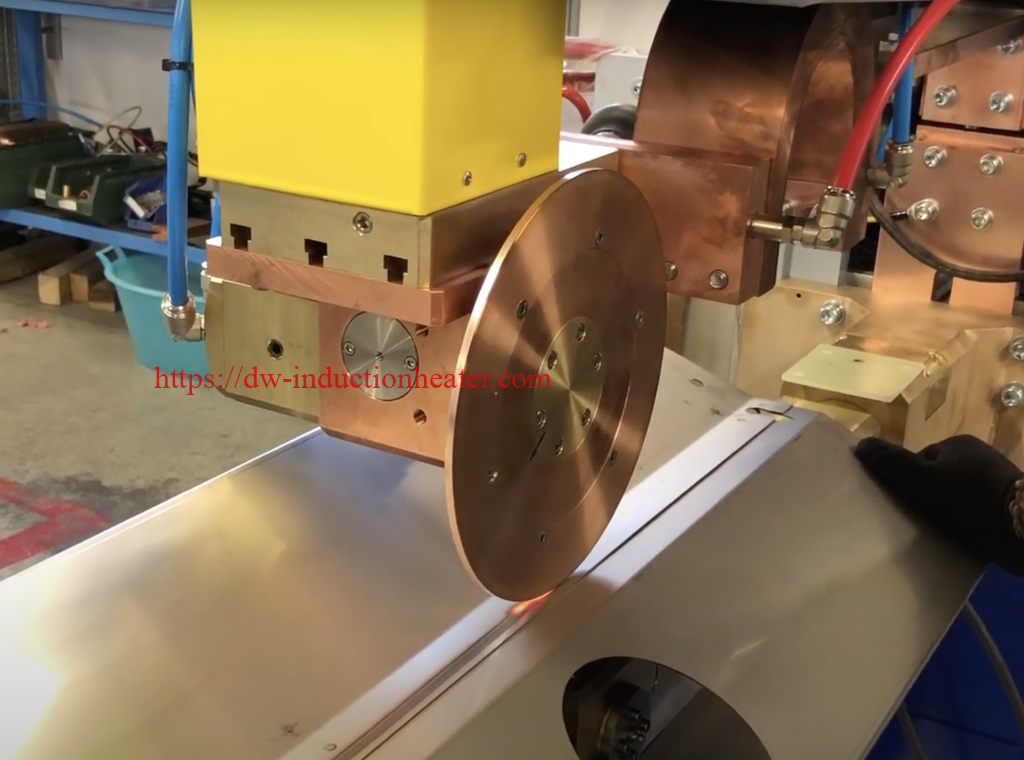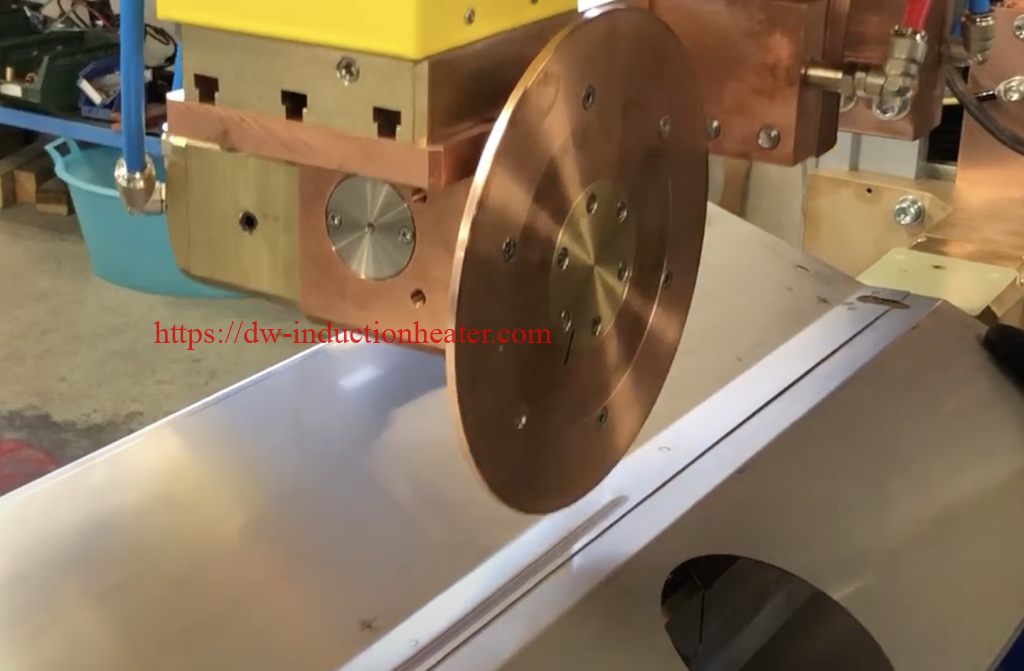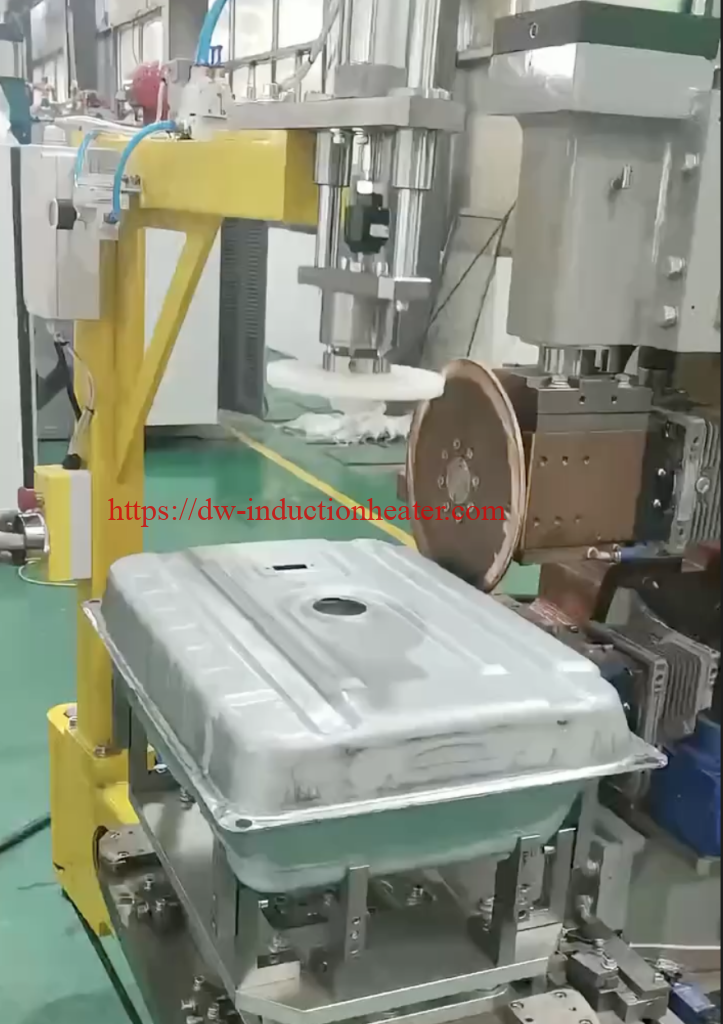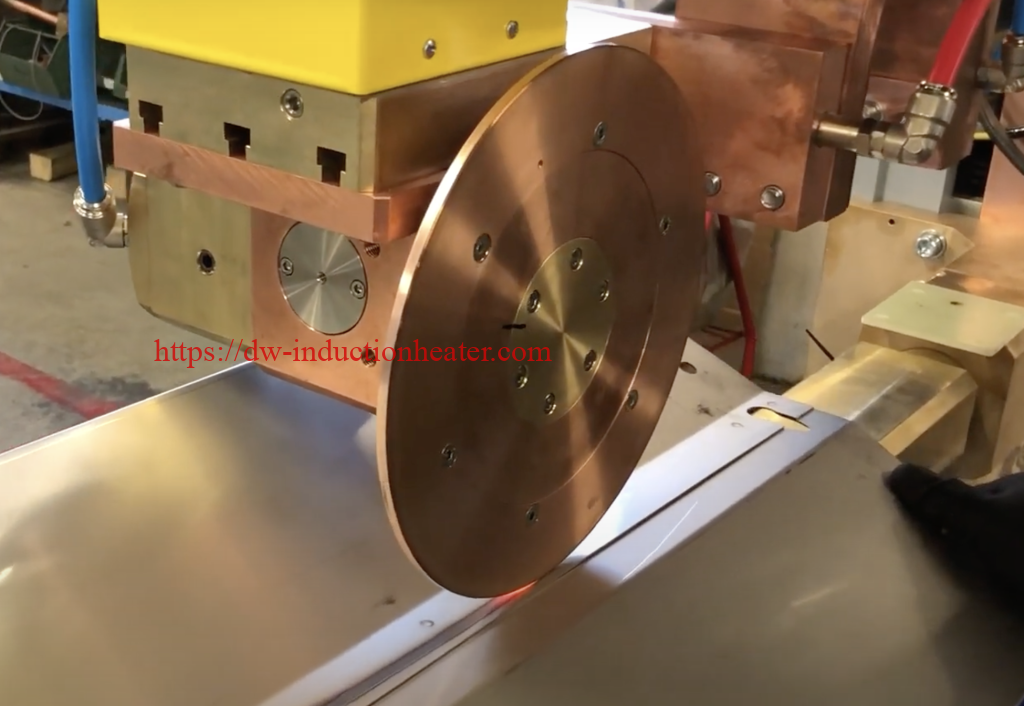Understanding Resistance Seam Welding: Techniques, Applications, and Benefits
Welding forms the backbone of many industries, connecting materials together to build everything from cars to airplanes to storage tanks. Among the various methods, resistance seam welding (RSW) stands out for its speed, precision, and versatility. Whether you’re in manufacturing, automotive, or aerospace, understanding the significance of this process can help you harness its benefits and address its challenges.
What is Resistance Seam Welding?
Definition and Basic Principles
Resistance seam welding is a process where two or more metal sheets are joined using the heat generated by electrical resistance. Instead of single, isolated welds (as in spot welding), it creates a continuous welded seam by rolling the materials through wheel-shaped electrodes. This method ensures consistent, clean, and strong joints, making it ideal for applications requiring precision and durability.
The process essentially involves:
- Clamping workpieces between copper alloy electrodes,
- Passing electrical current through the materials, generating heat through resistance,
- Maintaining pressure to create a robust seam as the electrodes roll over the workpiece.

Historical Development and Evolution
Initially introduced in the early 20th century, resistance seam welding gained momentum with advancements in industrial automation. It became integral to the manufacturing of airtight and leak-proof containers, especially during the mid-century as demand for fuel tanks, water tanks, and structural components surged. Today, innovations such as robotics and real-time control systems are pushing this technology into Industry 4.0 territory.
Techniques and Methods in Resistance Seam Welding
Different methods of resistance seam welding have evolved to suit diverse applications. Here’s a closer look:
1. Roller Seam Welding
Roller seam welding is the most common variant, where continuous electrodes in the form of rollers create long, uniform seams. It’s particularly useful in making fuel tanks, water tanks, and large mechanical assemblies. The process is automated and can be adjusted to work with different materials, thicknesses, and speeds.
2. Wheel Seam Welding
Wheel seam welding is similar to roller seam welding but involves flat electrodes instead of rollers. As the name suggests, wheel-shaped electrodes rotate at high speeds, generating heat needed for welds. This method offers higher precision and speed than roller seam welding but may not be suitable for all types of joints.
3. Stitch Seam Welding
Stitch seam welding is employed when making small or irregularly shaped parts such as automotive components, filters, or household appliances. Electrodes in this variant are replaced by copper bars with pointed tips that puncture small holes
2. Mash Seam Welding
This advanced method involves overlapping two sheets slightly and fusing them along the overlap using high electrical pressure. Mash seam welding is used to produce extremely smooth joints—perfect for products like automotive exhaust systems.
3. Foil Butt Seam Welding
Used for welding thin sheet metals and foils (often in aerospace), this technique creates precise butt joints by fusing edges together. This ensures accuracy and strength while maintaining the material’s lig htweight properties.
htweight properties.
4. Typical Resistance Seam Welding Parameters:
| Parameter | Symbol | Units | Typical Range (Examples – Highly Variable) | Importance |
|---|---|---|---|---|
| Welding Current | I | Amperes (A) | 1000 – 10000 A | Directly impacts weld penetration & strength |
| Welding Voltage | V | Volts (V) | 1 – 10 V | Affects current flow and heat generation |
| Welding Time/Pulse | t | Milliseconds (ms) | 1 – 10 ms | Controls the amount of heat applied |
| Weld Speed | v | mm/s or in/min | 10 – 1000 mm/s (Highly Variable) | Influences heat input per unit length |
| Pressure | P | Newtons (N) or | 100 – 1000 N (Highly Variable) | Ensures good electrical and thermal contact |
| Electrode Wheel Diameter | D | mm or in | Varies greatly based on application | Impacts heat distribution and weld quality |
| Frequency | f | Hz | 50-60 Hz (line frequency), or higher with specialized machines | Affects heat distribution for specific needs |
Applications Across Industries
Resistance seam welding’s adaptability makes it indispensable across industries. Here are some real-world applications:
Automotive Industry
- Fuel Tanks: Seam welding ensures leak-proof and durable joints for fuel tanks, which are critical for vehicle safety.
- Exhaust Systems: Mash seam welding creates smooth and robust seams in exhaust systems, helping meet stringent performance and durability standards.
Case Study:
Leading automotive manufacturers like Tesla have implemented automated seam welding for fuel tanks, reporting a 30% increase in production efficiency while adhering to quality standards.
Manufacturing Industry
- Water Tanks and Containers: Resistance seam welding is widely used to join stainless steel and aluminum, creating leak-proof joints required for water tanks and fluid storage solutions.
Case Study:
A tank-manufacturing firm transitioned to resistance seam welding and achieved a 20% reduction in production costs due to lower material waste and energy efficiency.
Aerospace Industry
- Structural Components: Aerospace firms rely on foil butt welding to create lightweight yet strong components for heat shields, fuselage panels, and support structures.
Case Study:
A prominent aerospace company integrated seam welding robots into their production line, reducing errors by 40% and achieving unparalleled precision in structural welding.
Benefits of Resistance Seam Welding
Adopting resistance seam welding brings several clear advantages, including the following:
High-Speed Welding
RSW is incredibly time-efficient. By automating processes and enabling continuous seams, manufacturers significantly reduce production time without sacrificing quality. Furthermore, the process doesn’t require filler material or secondary joining operations, making it even faster.
Strong and Durable Welds
The resulting seams are robust and resistant to wear and tear. This is due to the continuous nature of the weld, eliminating potential weak spots that could arise in spot welding. Additionally, since there is no need for filler material, the seam remains consistent in strength throughout its length.
Versatility and Adaptability
Resistance seam welding works with a wide range of materials such as stainless steel, aluminum, and titanium. The process can also be adjusted to suit different thicknesses and speeds, providing flexibility for diverse industrial applications.
Challenges and Limitations
While resistance seam welding
Strong and Consistent Joints
Seam welding creates uniform joints, essential for products like fuel tanks and structural panels, where any weak point could compromise integrity and safety.
Cost-Effectiveness
This process minimizes material waste and consumes less energy than other welding techniques, making it an environmentally and economically sustainable choice.
Versatility
It works across a wide range of materials, including steel, stainless steel, and aluminum, accommodating industries with diverse demands.
Clean Welding Process
With minimal fumes, splatter, and noise, resistance seam welding ensures a safer and cleaner working environment for operators.
Best Practices and Considerations
To maximize the benefits of resistance seam welding, keep these key practices in mind:
Material Compatibility
Ensure the materials used are compatible with seam welding. Metal thickness, conductivity, and surface properties can all impact weld quality. Experiment with different settings to find the optimum combination for each material.
Proper Electrode Maintenance
Electrodes are critical components of seam welding equipment. Regularly inspect and clean them to avoid contamination or wear and tear, which can affect weld quality.
Adequate Pressure and Current Settings
The right balance of pressure and current is essential for a successful seam weld. Too little pressure may cause gaps or incomplete fusion, while excessive force can distort the material. Similarly, too much or too little current can impact weld strength and consistency.
Conclusion
Resistance seam welding has revolutionized manufacturing by providing efficient, versatile, and precise joining solutions. Its various variants cater to diverse industrial needs, from automotive fuel tanks
Equipment Maintenance
Regular equipment checks are essential to avoid downtime. Clean electrodes frequently to maintain consistent pressure and contact.
Safety Protocols
Establish strict safety measures to protect welders from electrical hazards and burns. Ensure proper ventilation to manage heat and any minimal fumes produced.
Future Trends in Resistance Seam Welding
The future of resistance seam welding lies in innovation. Here are some trends shaping the industry:
Automation and Robotics
Automated seam welding systems, powered by robotics, are streamlining tasks and reducing labor costs. Robots also increase precision for intricate or large-scale projects.
Example:
A car manufacturer reported a 50% boost in welding precision after deploying robotic seam welding arms in their fuel tank production.
Advancements in Control Systems
Modern equipment integrates real-time monitoring and adaptive controls, ensuring consistent weld quality by making adjustments on the fly.
Integration with Industry 4.0
IoT and data analytics are entering the welding arena, enabling predictive maintenance, advanced process optimization, and AI-driven insights to boost productivity.
Research into New Alloys
Exploration of lighter, stronger alloys unlocks new applications for resistance seam welding, especially in aerospace and automotive industries.
Resistance Seam Welding FAQs
1. Is resistance seam welding suitable for all materials?
RSW is highly versatile but is best suited for conductive materials like steel, stainless steel, and aluminum. Non-conductive or very thick materials may require alternative methods.
2. What is the initial investment for resistance seam welding equipment?
While initial costs are high, the long-term savings through reduced waste, faster production times, and intelligent automation justify the investment for most industries.
3. Can resistance seam welding handle complex geometries?
Yes, but it often requires specialized tooling or adaptive robotic systems for intricate geometries.
4. How can I maintain consistent weld quality?
Regularly clean and inspect welding electrodes, monitor material consistency, and leverage real-time control systems for process optimization.


